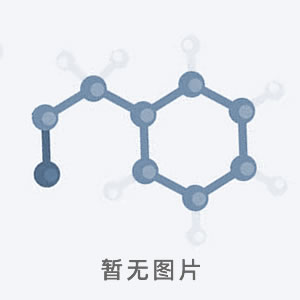本网站销售的所有产品仅用于工业应用或者科学研究等非医疗目的,不可用于人类或动物的临床诊断或者治疗,非药用,非食用。
Recombinant Human Interleukin-31
| 别 名 | |
| Cas号 | |
| M D L | |
| 分子式 | |
| 分子量 | |
| 产品参数 | |
| 性状 | Recombinant Human Interleukin-31是一种新型辅助T细胞衍生的细胞因子,在过敏性皮肤炎症和特应性皮炎中发挥重要作用。
Synonyms rHuIL-31; IL31 ; 重组人白细胞介素-31 Species Human Source E. coli Accession Q6EBC2 Gene ID 386653 Molecular Weight Approximately 15.8 kDa AA Sequence SHTLPVRLLR PSDDVQKIVE ELQSLSKMLL KDVEEEKGVL VSQNYTLPCL SPDAQPPNNI HSPAIRAYLK TIRQLDNKSV IDEIIEHLDK LIFQDAPETN ISVPTDTHEC KRFILTISQQ FSECMDLALK SLTSGAQQAT T Biological Activity The ED50 is <5 ng/mL as measured by human U-87 MG cells. Appearance Lyophilized powder. Formulation Lyophilized after extensive dialysis against PBS, pH 7.4. Endotoxin Level <1 EU/μg, determined by LAL method. Reconstitution Reconstitute the lyophilized recombinant Human Interleukin-31 (rHuIL-31) to 0.1-1.0 mg/mL using sterile distilled water or aqueous buffer containing 0.1% BSA. Storage & Stability Lyophilized recombinant Human Interleukin-31 (rHuIL-31) is stored at -20°C. After reconstitution, it is stable at 4°C for 1 week or -20°C for longer. It is recommended to freeze aliquots at -20°C or -80°C for extended storage. Shipping Room temperature in continental US; may vary elsewhere. Background Interleukin-31 (IL-31), which is preferentially produced by T helper type 2 cells. IL-31 signals through a receptor composed of IL-31 receptor A and oncostatin M receptor. IL-31 may be involved in promoting the dermatitis and epithelial responses that characterize allergic and non-allergic diseases[1]. Patients with atopic dermatitis, chronic spontaneous urticaria, allergic contact dermatitis, prurigo nodularis, primary cutaneous lymphoma and mastocytosis exhibit increased serum levels of IL-31 protein and elevated IL-31 mRNA in the skin[2]. |
| 贮存 |
- Recombinant Mouse Interleukin-19
- Recombinant Human Interleukin-20
- Recombinant Human Interleukin-2 Receptor alpha, His (HEK293-expressed)
- Recombinant Canine Interleukin-3
- Recombinant Human Interleukin-31
- Recombinant Mouse Interleukin-33
- Recombinant Porcine Interleukin-4 (CHO-expressed)
- Recombinant Human Interleukin-4 Receptor (HEK293-expressed)
- Recombinant Human Interleukin-5 Receptor alpha (CHO-expressed)



 沪公网安备 31012002003054号
沪公网安备 31012002003054号